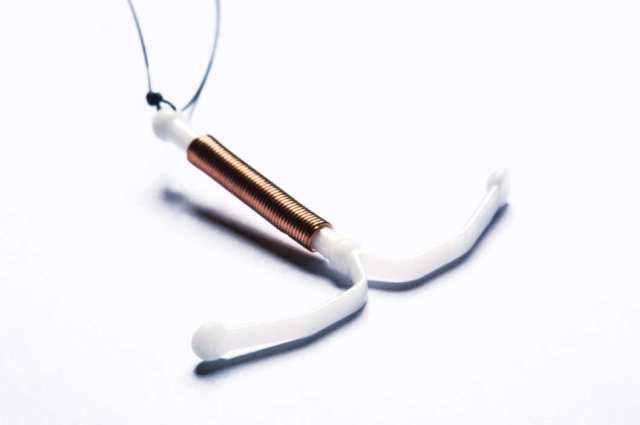
Vintage condoms (Collectors Weekly)
This week, we’re examining sexuality data from the 1960s, in celebration of the upcoming final half-season of “Mad Men” beginning Apr. 5th.
Everyone knows that the 1960s was a game-changer in terming of blowing sexuality wide open, and that we still feel the reverberations today. But one aspect of sexuality was negatively impacted during that timeframe: condom usage.
But why? It comes down to the economic principle of substitution, which holds that when the price of one good rises, demand for a similar good rises. (Picture coffee and tea in this scenario: If the price of coffee goes up, fewer people will want, or can afford, to buy it, so they’ll want tea.) In the 1960s, other methods appeared on the scene, and they became more popular to use, so the substitution effect took hold. Though price didn’t play into it, the effects were unchanged.
One method majorly stood out. Enovid, the first birth control pill, was approved for use by the Food and Drug Administration (FDA) in 1960. (The contraceptive pioneered by Dr. Carl Djerassi, “the father of The Pill,” later got licensed under the trade name Ortho Novum.) Its popularity grew rapidly: 1.2M+ American women are on it in 1962, and then almost doubles to 2.3M+ the next year.
By the middle of the decade, 25% of couples used it, and 6.5M+ American women used it (but no data on the number of partnered versus single women who used it).
But that wasn’t the only birth control innovation. In 1968, the FDA also approved the first intrauterine devices (IUDs). Unlike today’s common T-shape, Dr. Hugh Davis’s Dalkon shield was egg-shaped with a number of dull spikes emanating from it. Within two years, the IUD had sold 600K+ in the U.S.
With these advances, it’s easy to see that the simple condom would’ve slipped out of public favor.





